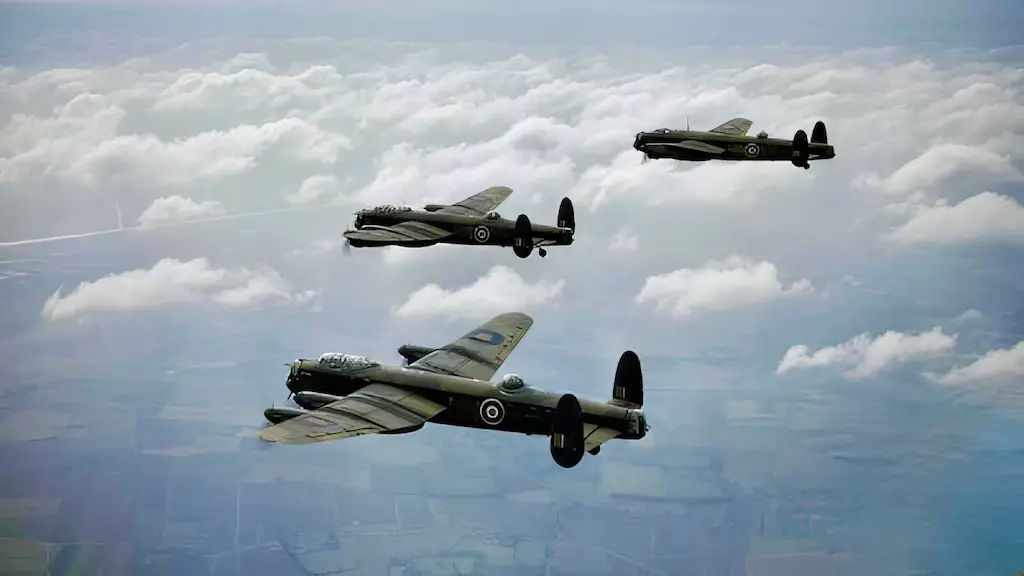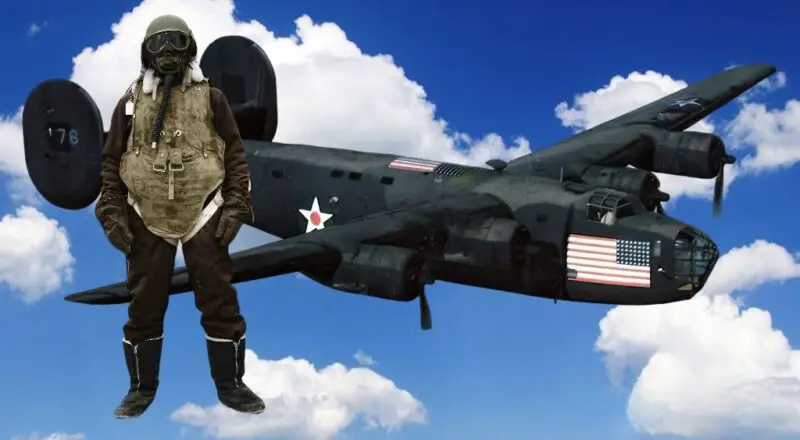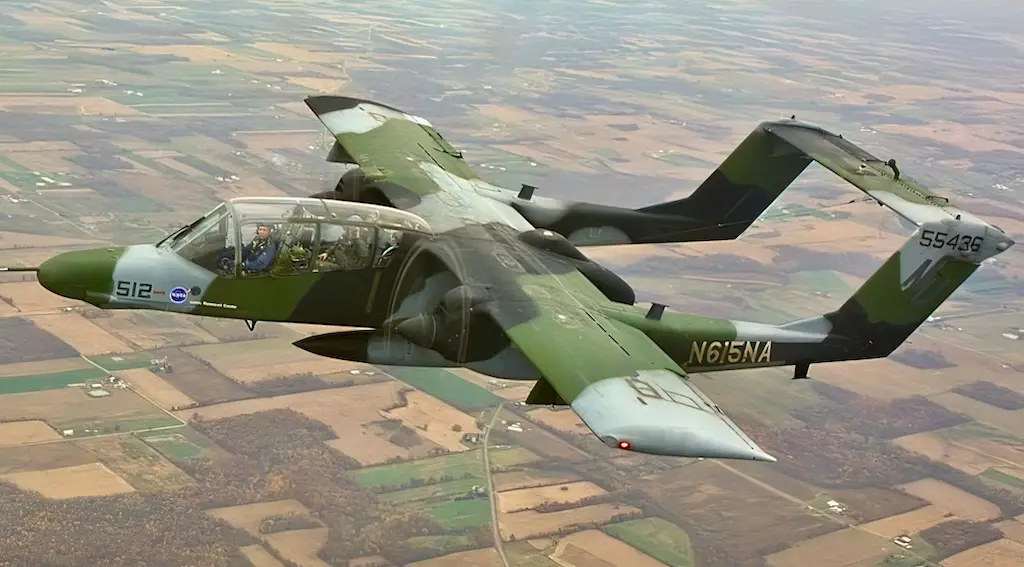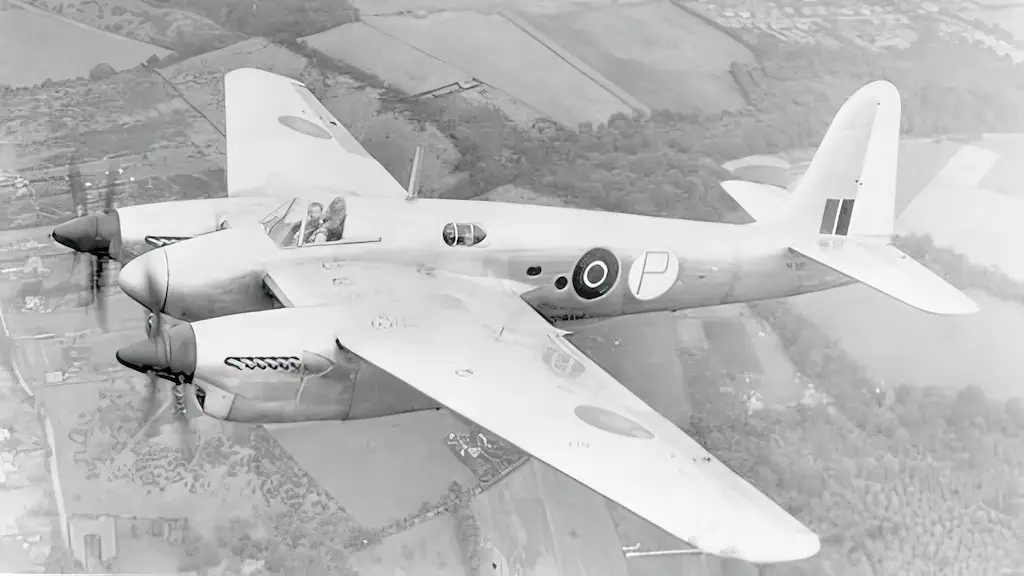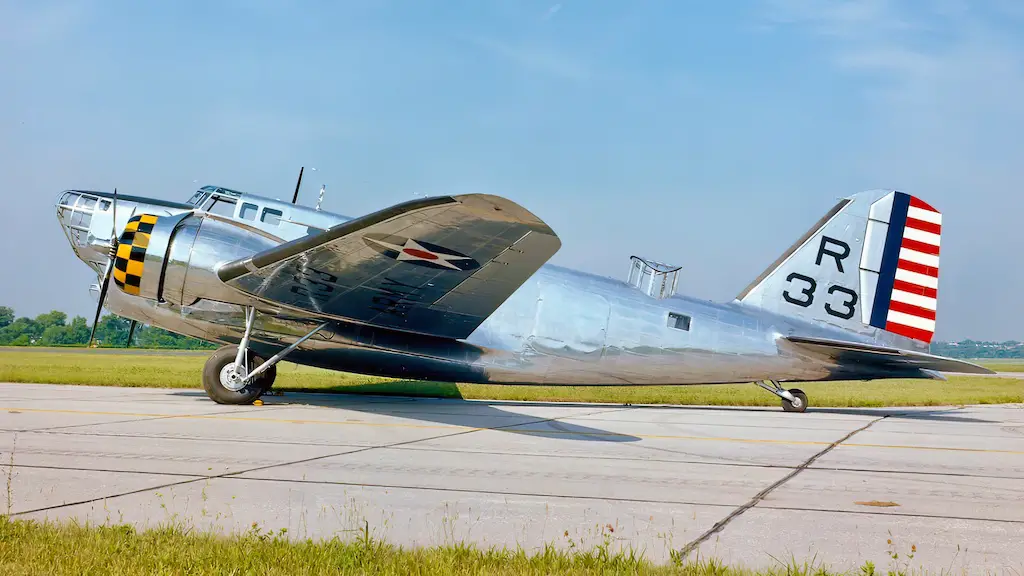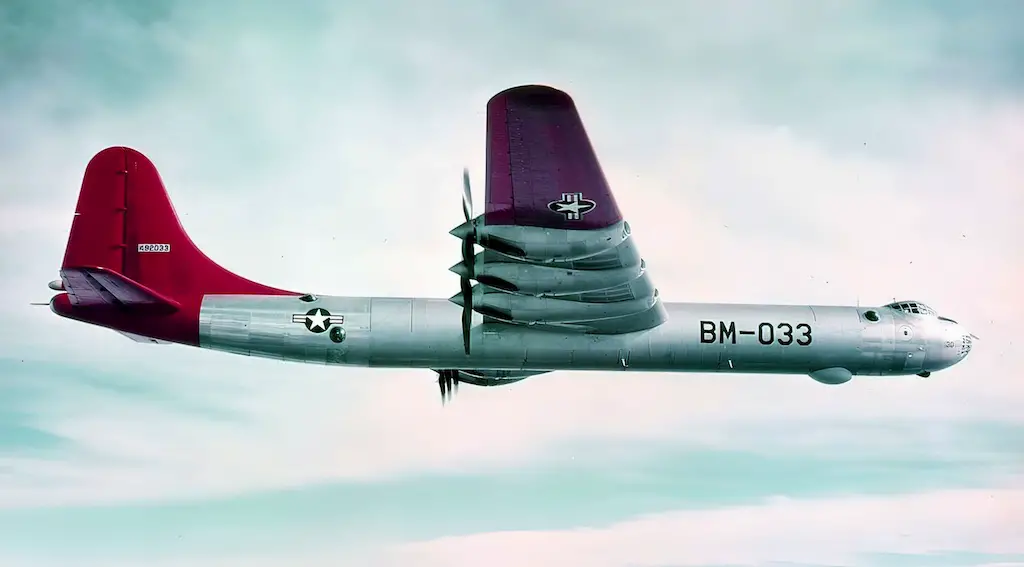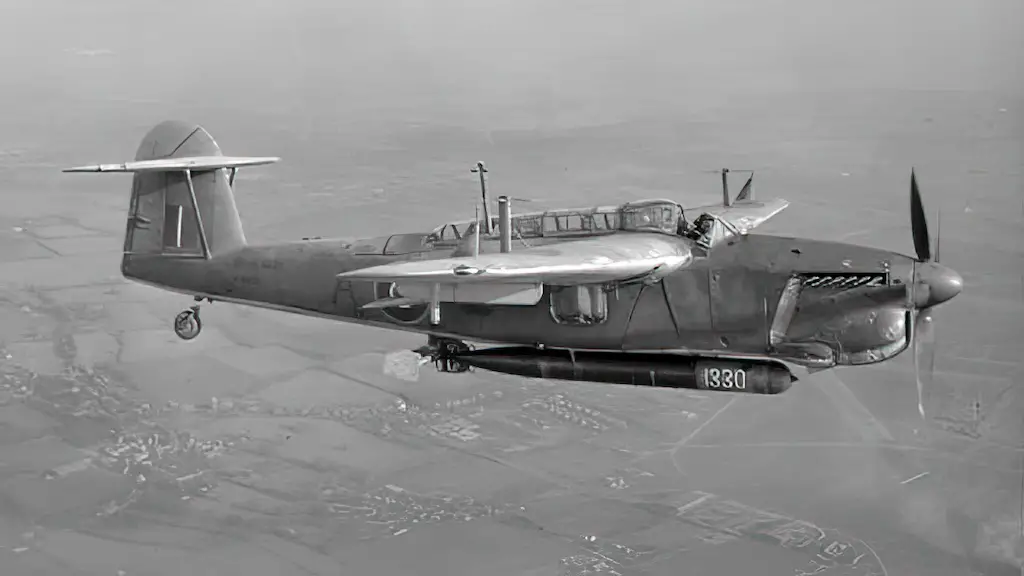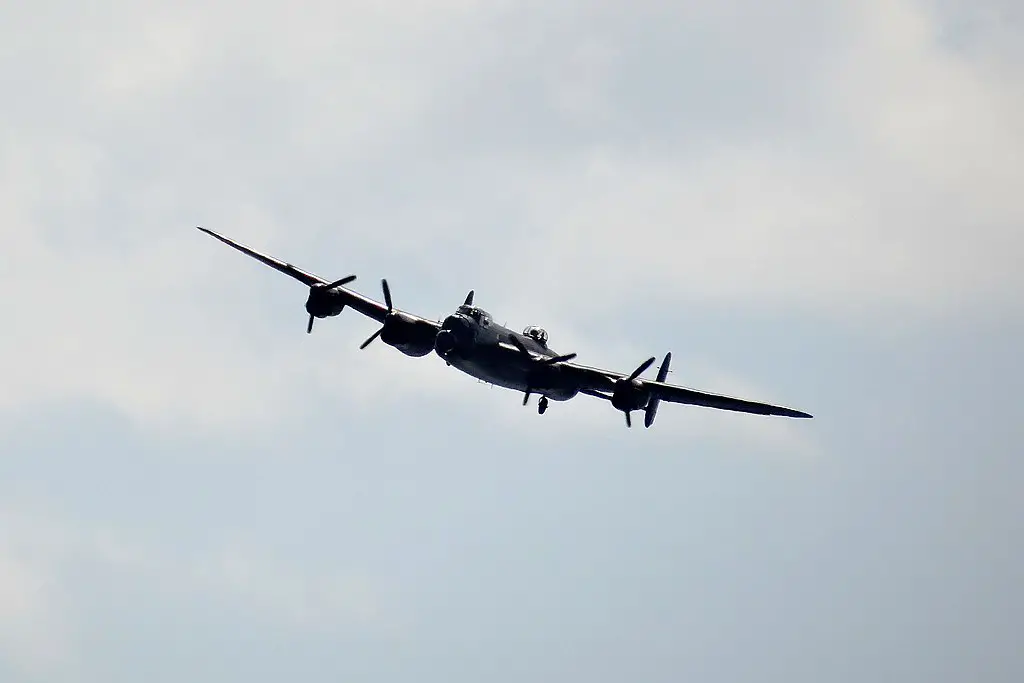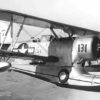Operation Chastise
The Dambusters raid, aka ‘Operation Chastise’, was among the most daring & inventive bombing missions throughout World War II. The mission required uniquely adapted Lancaster bombers, led by Wing Commander Guy Gibson. Dams located in Germany’s Ruhr valley were to be destroyed with special “bouncing bombs” developed by Barnes Wallis.
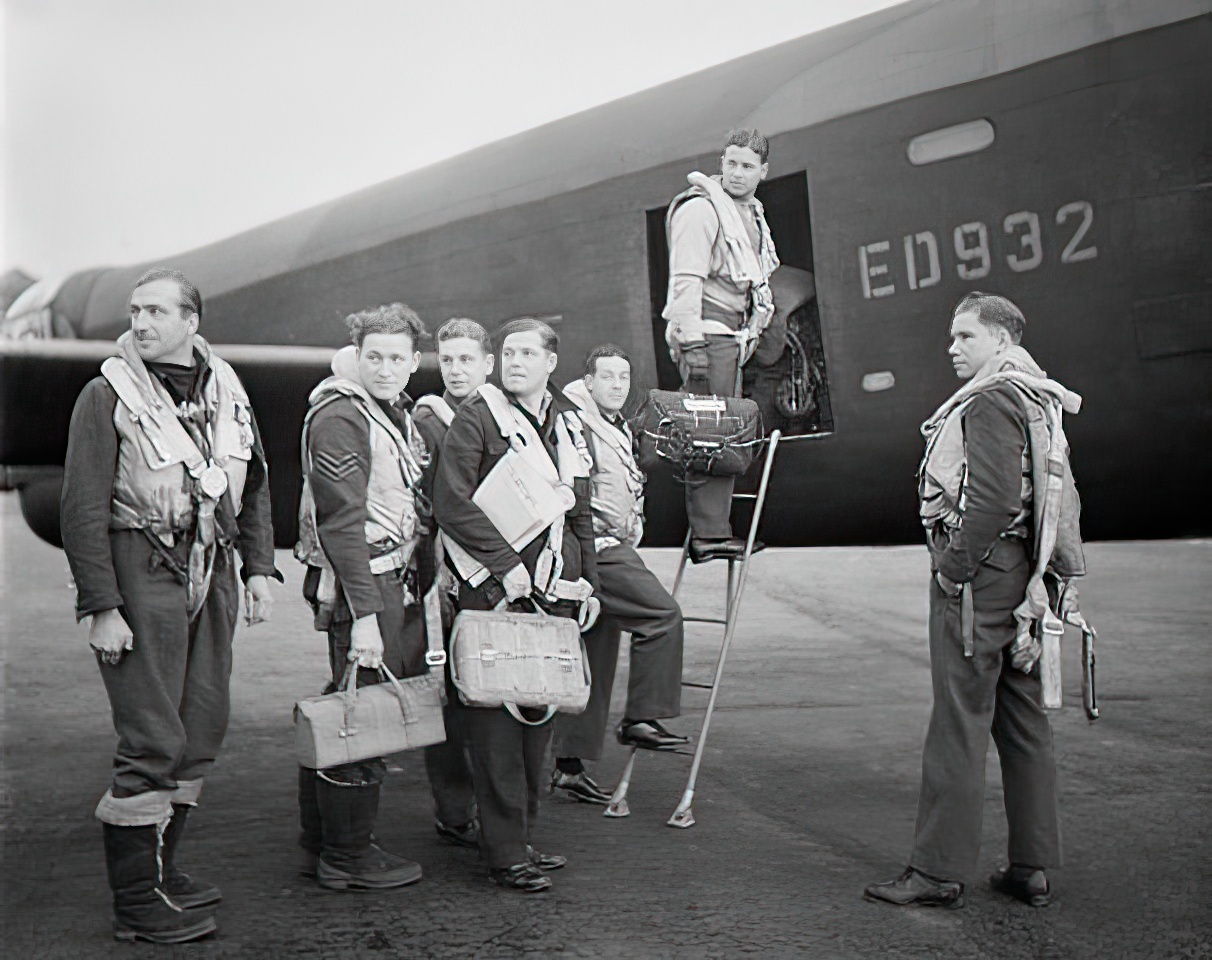
The plan came to fruition in the early months of 1943 thanks to the vision of Air Marshal Sir Arthur Bomber Harris. His belief in the impact of disrupting the Ruhr region’s hydroelectricity supply on Germany’s war production was the driving force behind the mission. However, the challenge was that traditional bombing tactics were no match against the robust and fortified dams structures.
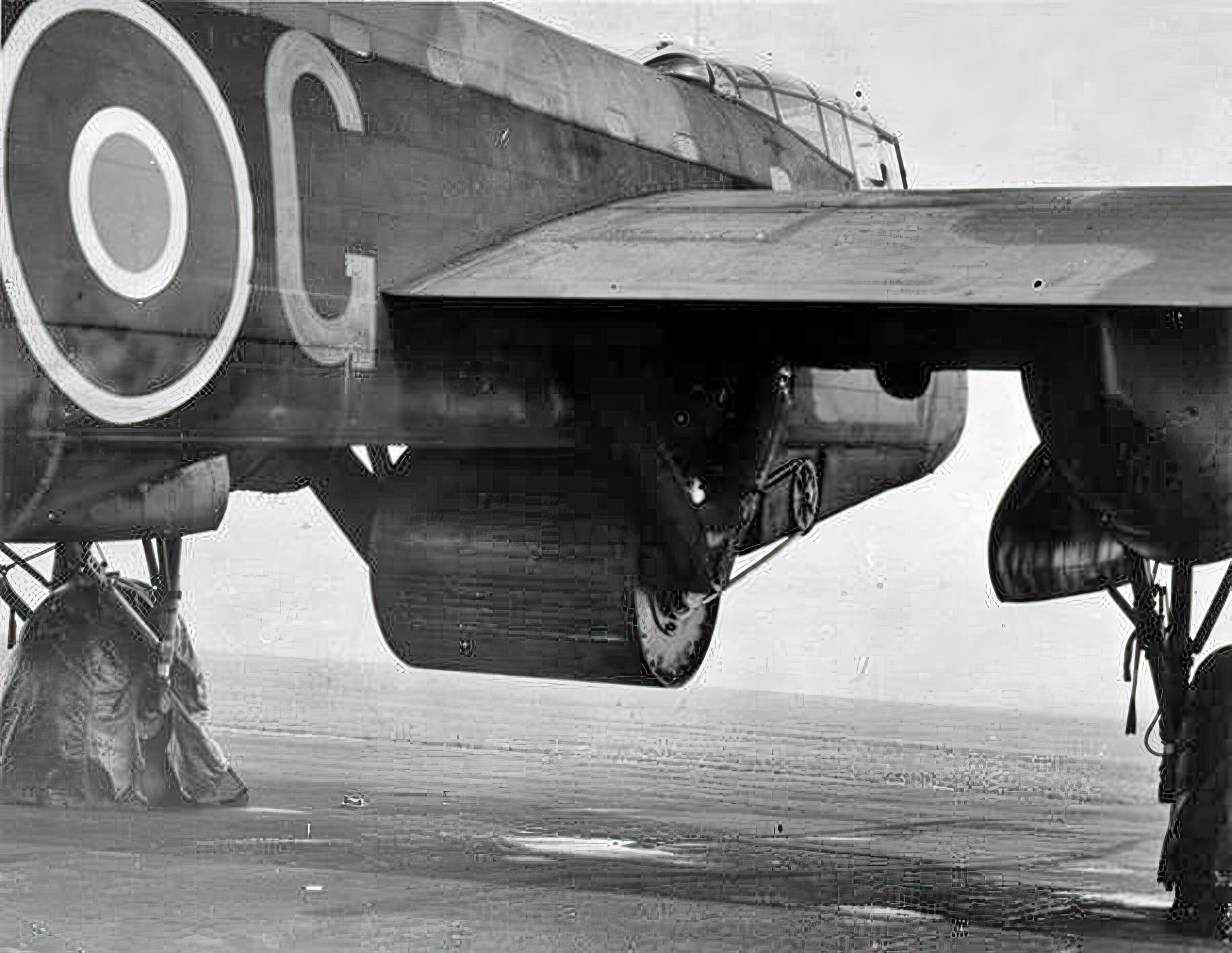
The Upkeep bombs
To tackle this hurdle, an exclusive explosive device was invented by British engineer Barnes Wallis. Dubbed as the Upkeep, the bomb was crafted to rebound on the water’s surface before plunging to the dam’s foundation. It would then sink, triggering an explosion. The next step was to gather a team of proficient pilots and crews to execute the mission. Among them was Gibson, a renowned pilot known for his daring spirit and leadership skills. He cherry-picked his crew exclusively opting for the most capable and trustworthy airmen.
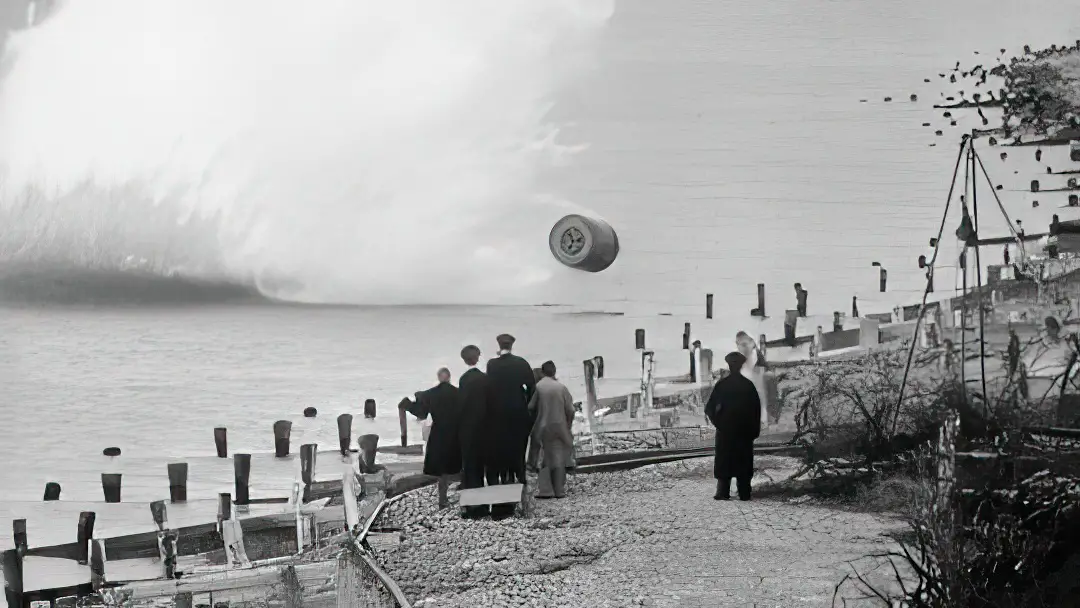
Möhne Dam
On the evening of May 16th, 1943, Lancaster bombers departed from their English base and made their way toward the Ruhr; their mission posed a serious danger. These planes kept a low altitude throughout the enemy territory to evade detection via German radar. The operation continued, and the bombers encountered heavy anti-aircraft fire and German opposition when they reached their destination. The pilots persevered, skillfully dodging hostile fire and targeting their bombs with precision.
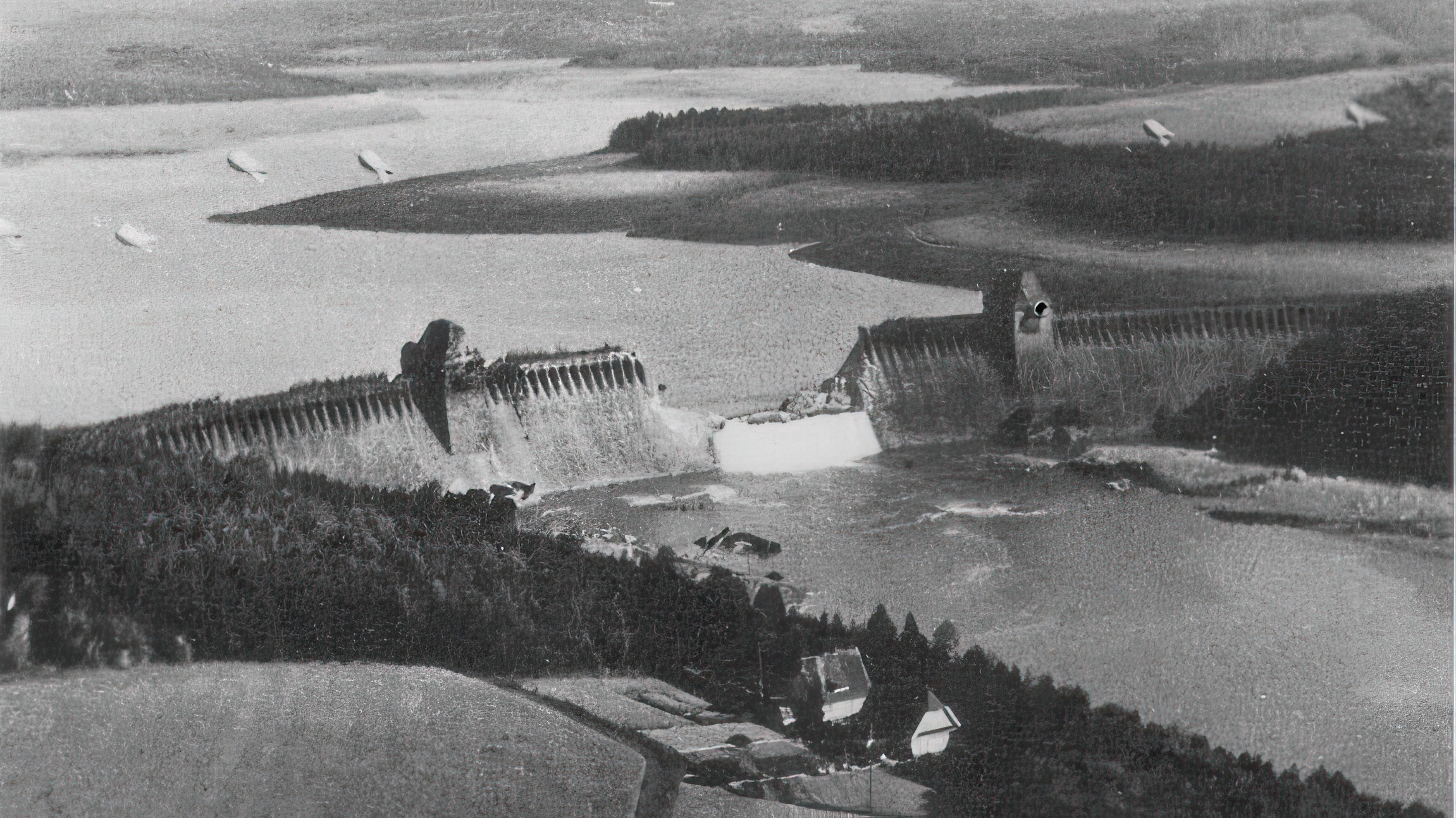
The Möhne Dam was the first to be attacked, consisting of torpedo nets and flak guns for protection. The Lancaster bombers made a low sweep across the water, releasing their bombs accurately and sequentially. Gibson’s crew, leading the flight, scored a direct hit, unlike the previous bombs that missed their target. As a result, a thundering explosion erupted, sending a colossal surge of water into the air, followed by an outpour of water that swept everything in its wake. The Möhne Dam was compromised, and a torrent of water flowed through the valley, causing widespread devastation and flooding.
Eder Dam
The objective after Mohne Dam was the heavily guarded Eder Dam. The aircraft encountered formidable anti-aircraft fire and airborne combat. The pilots persevered, flying at low altitudes and accurately hitting their marks. Despite numerous efforts by the enemy, the Eder Dam was eventually struck, resulting in a comparable rupture and flooding. The Sorpe Dam, the last in the mission, was not targeted due to the previous destruction of the other dams, which decreased the water force in the reservoirs.
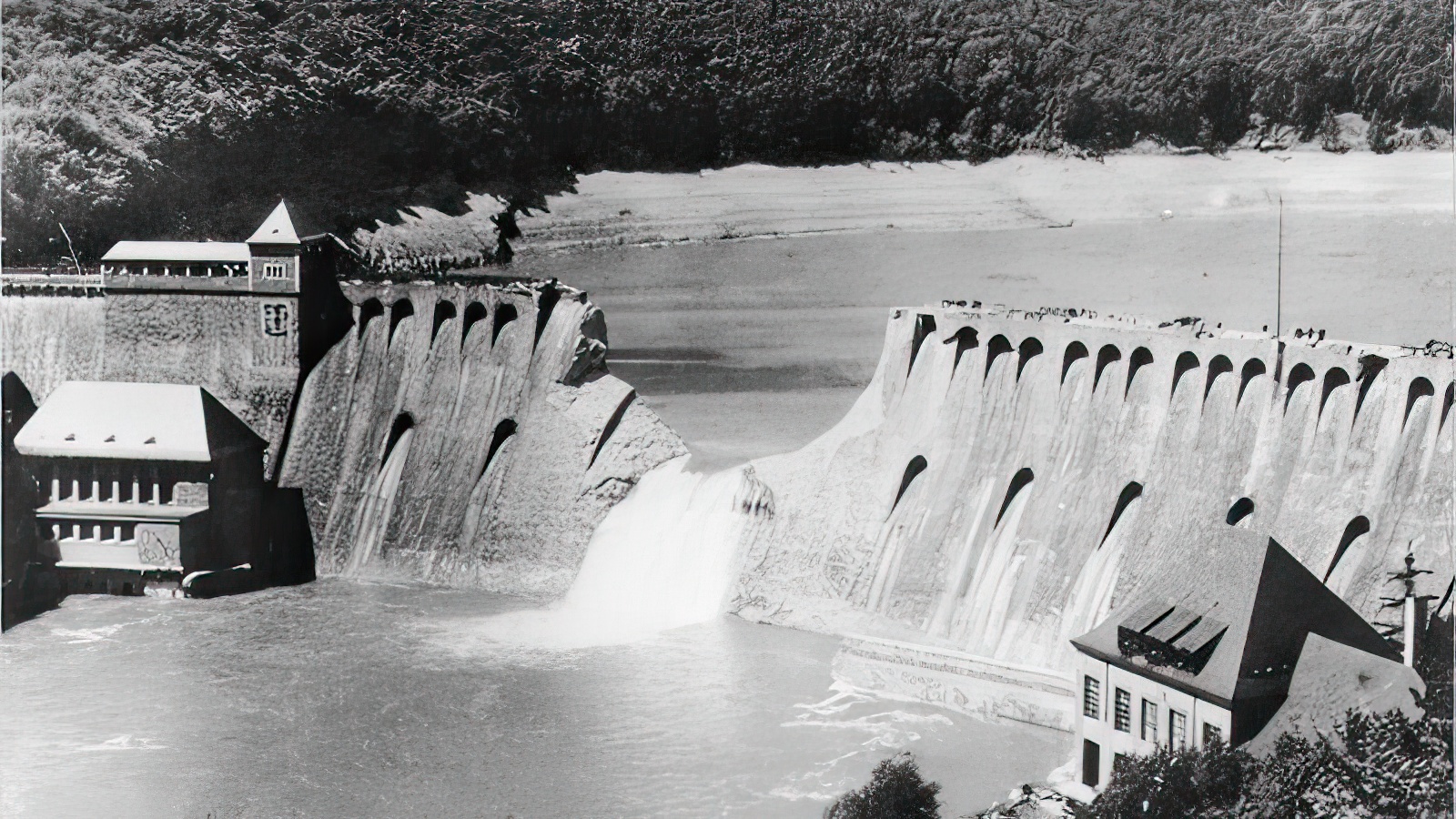
A Costly Triumph
The Dambusters’ attack proved to be a remarkable victory that significantly boosted the Allied forces. It curtailed Germany’s industrial resources and effectively showcased the ingenuity & bravery of the British pilots and crew. However, the operation also took a toll. Eight of the nineteen Lancaster bombers deployed were lost, leading to the death of fifty-three airmen. Wing Commander Gibson’s exceptional leadership and bravery earned him the Victoria Cross, the military’s ultimate valor award.
The Dambusters’ attack lives on as an inspiring story of heroism and sacrifice. Their courage still leaves a lasting impression on later generations. It is a testimony to the resilience and determination of those who fought in World War II and a poignant reminder of the human cost of conflicts. Despite rapid repairs by the Germans, production did not return to normal until September. The RAF lost 53 aircrew killed and 3 captured, with 8 aircraft destroyed

